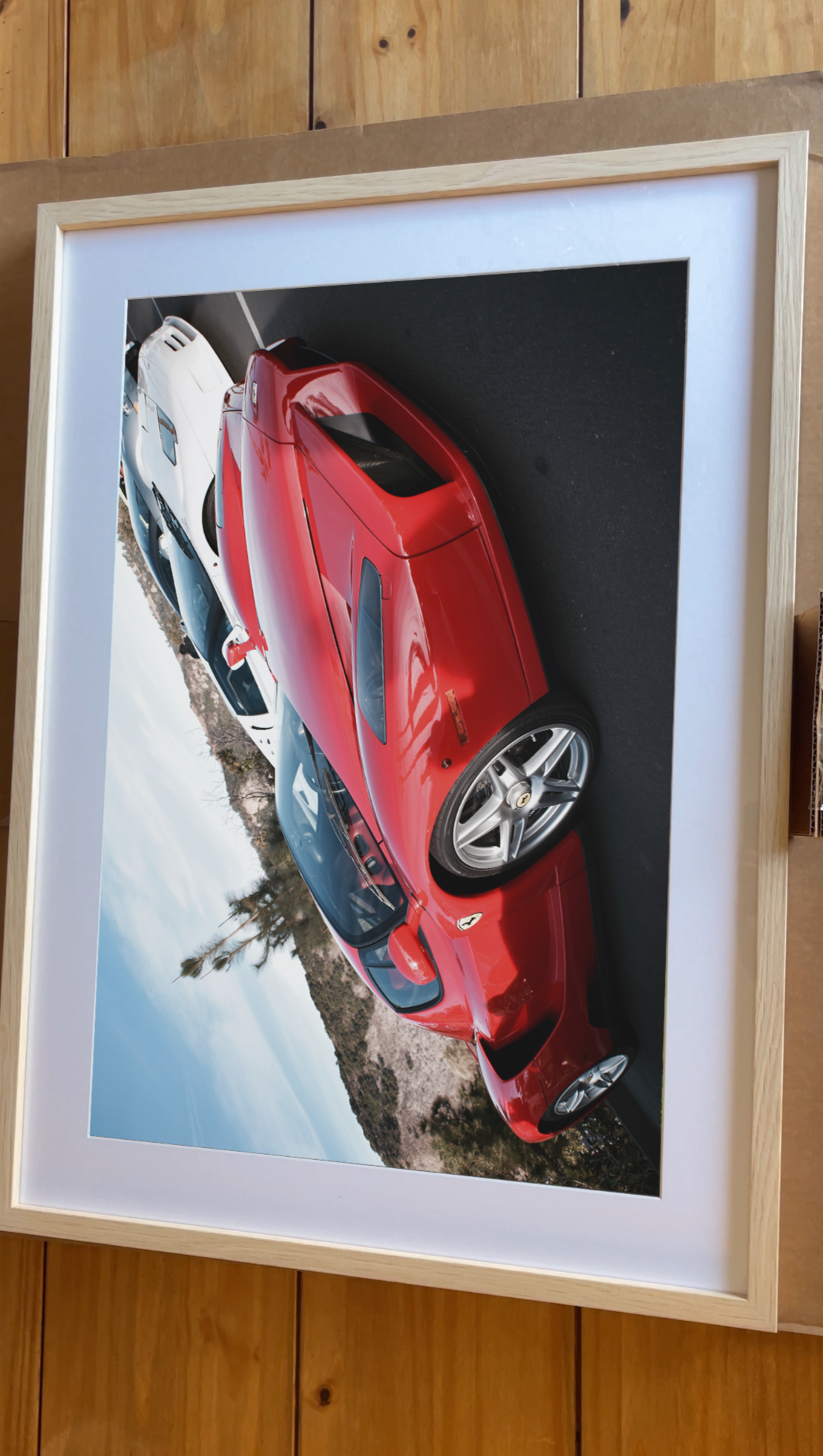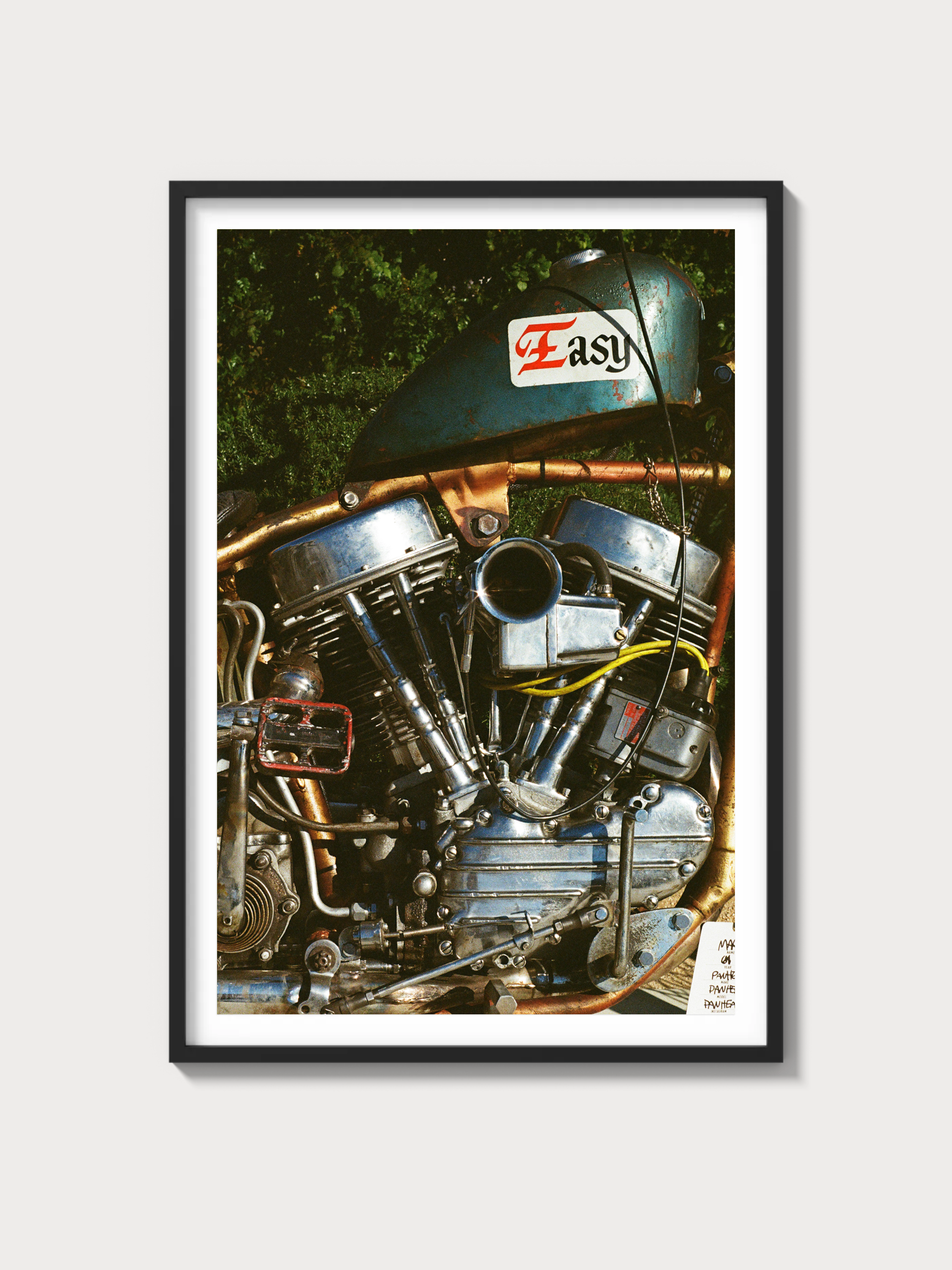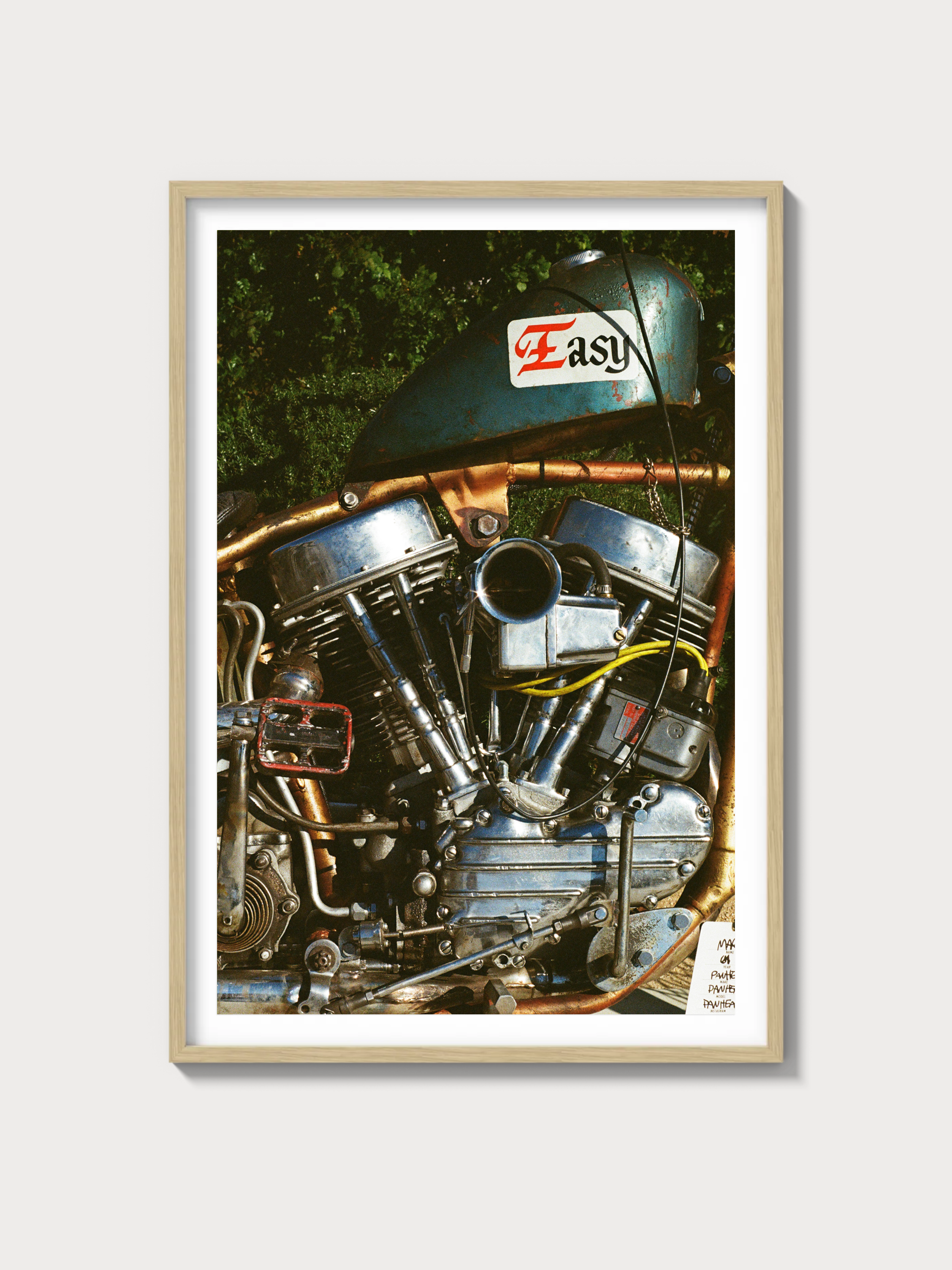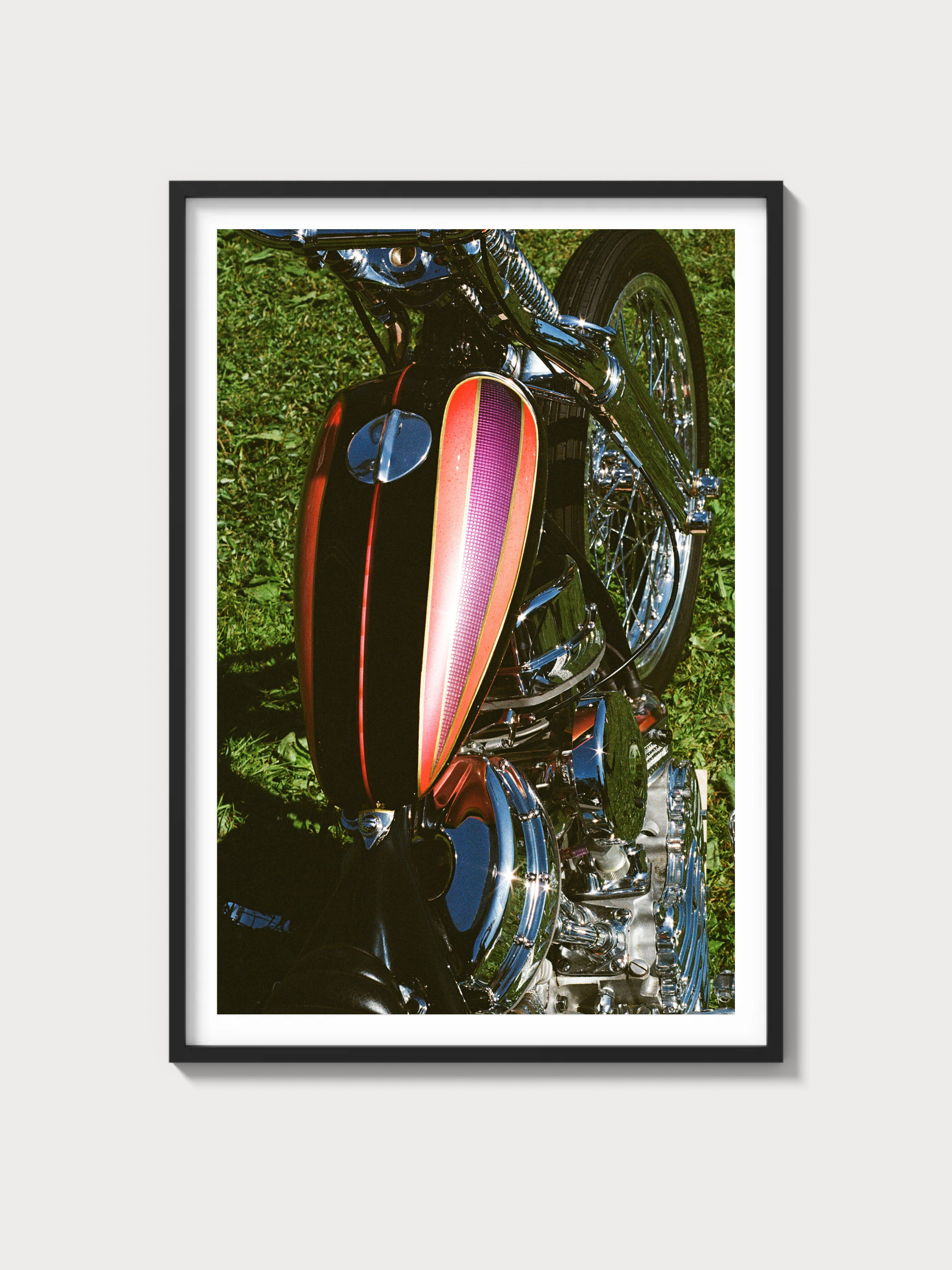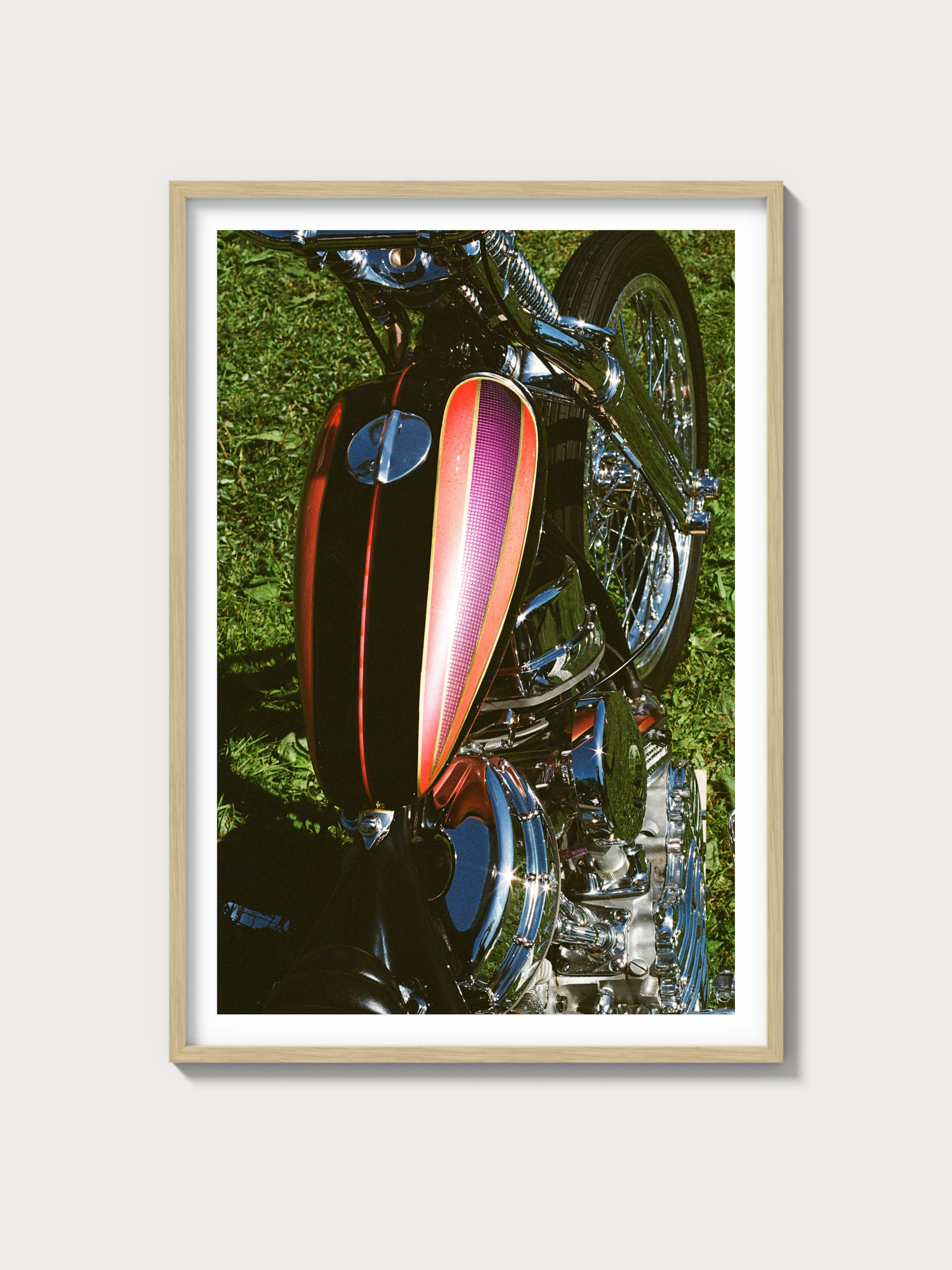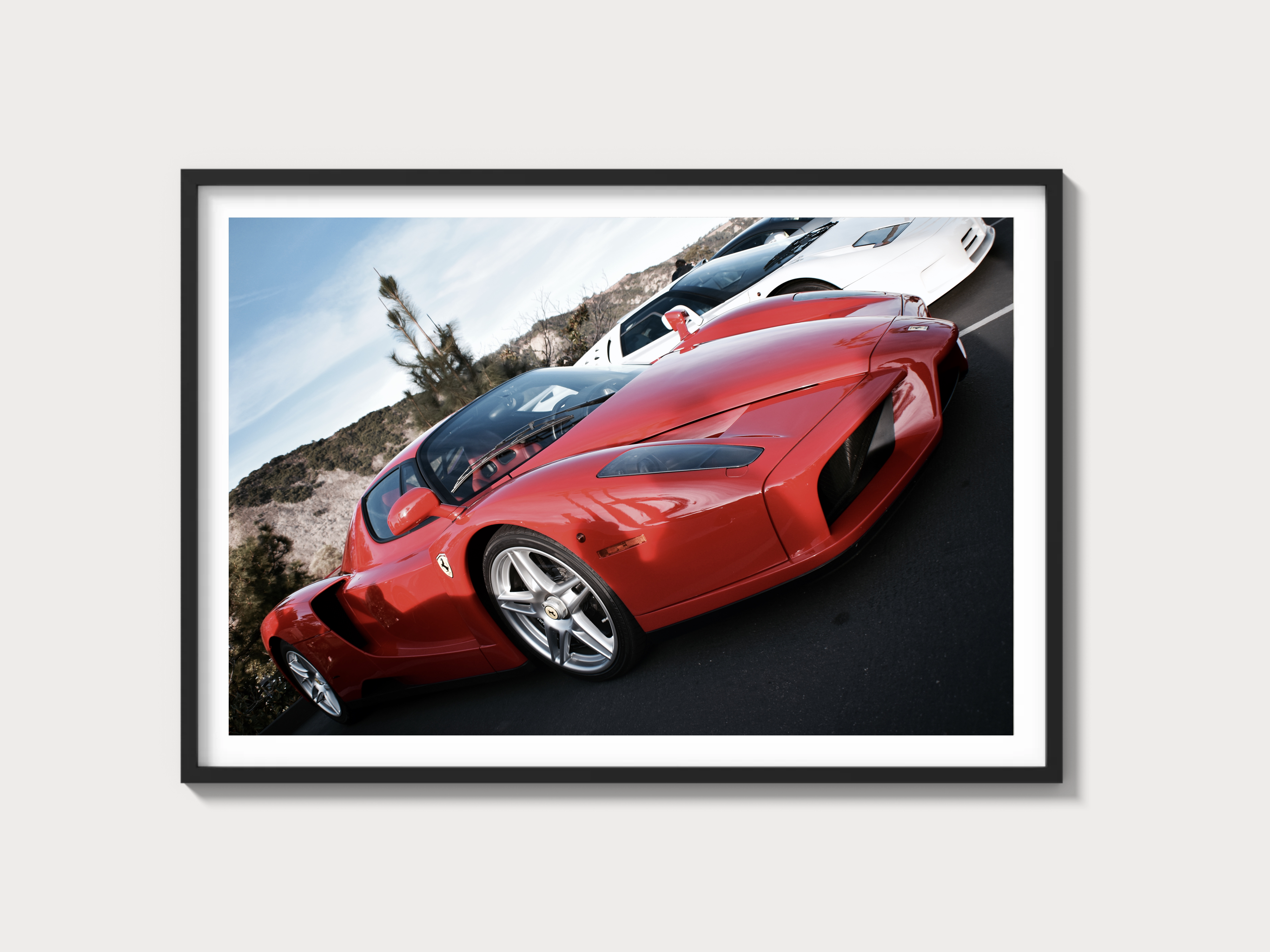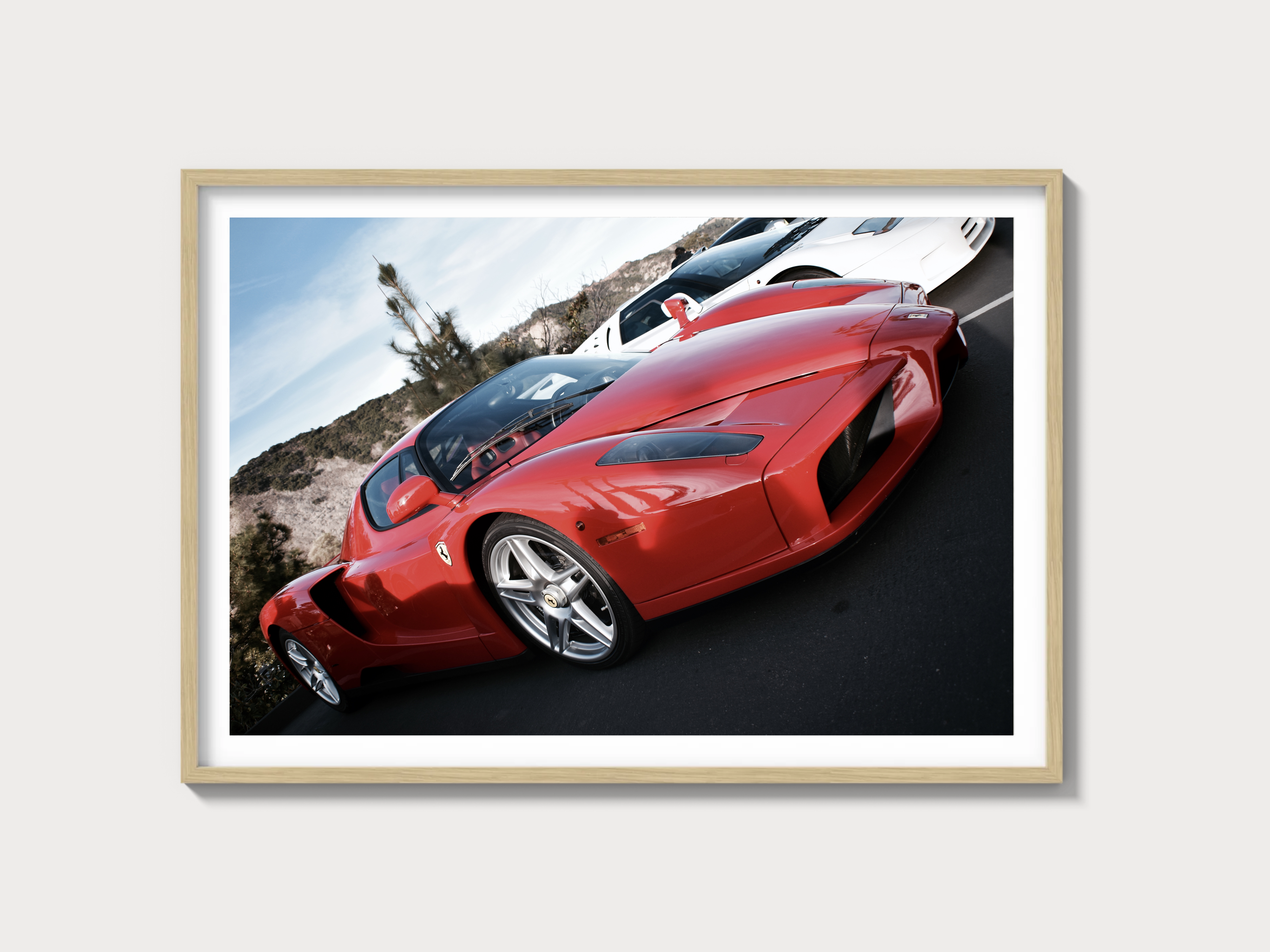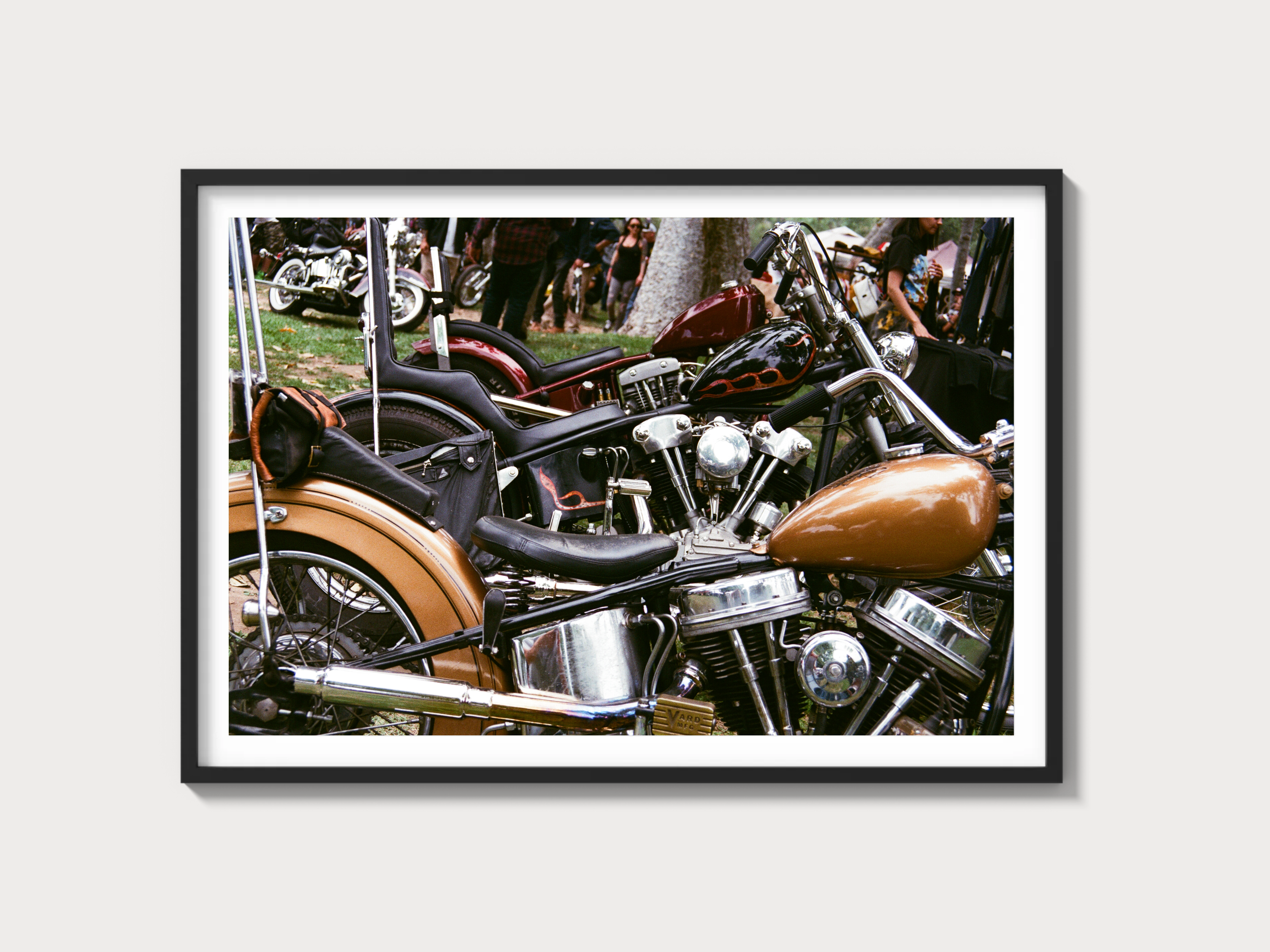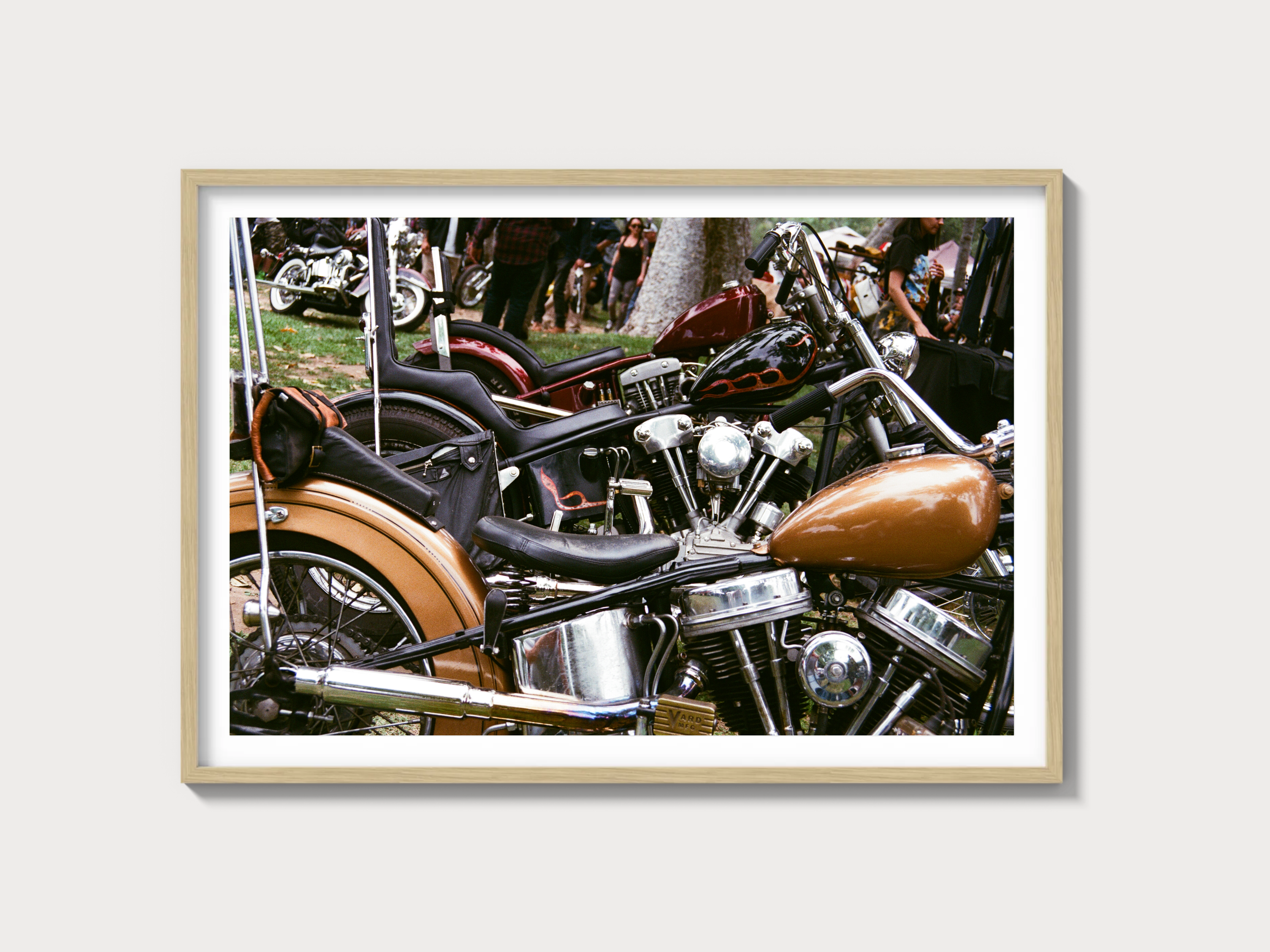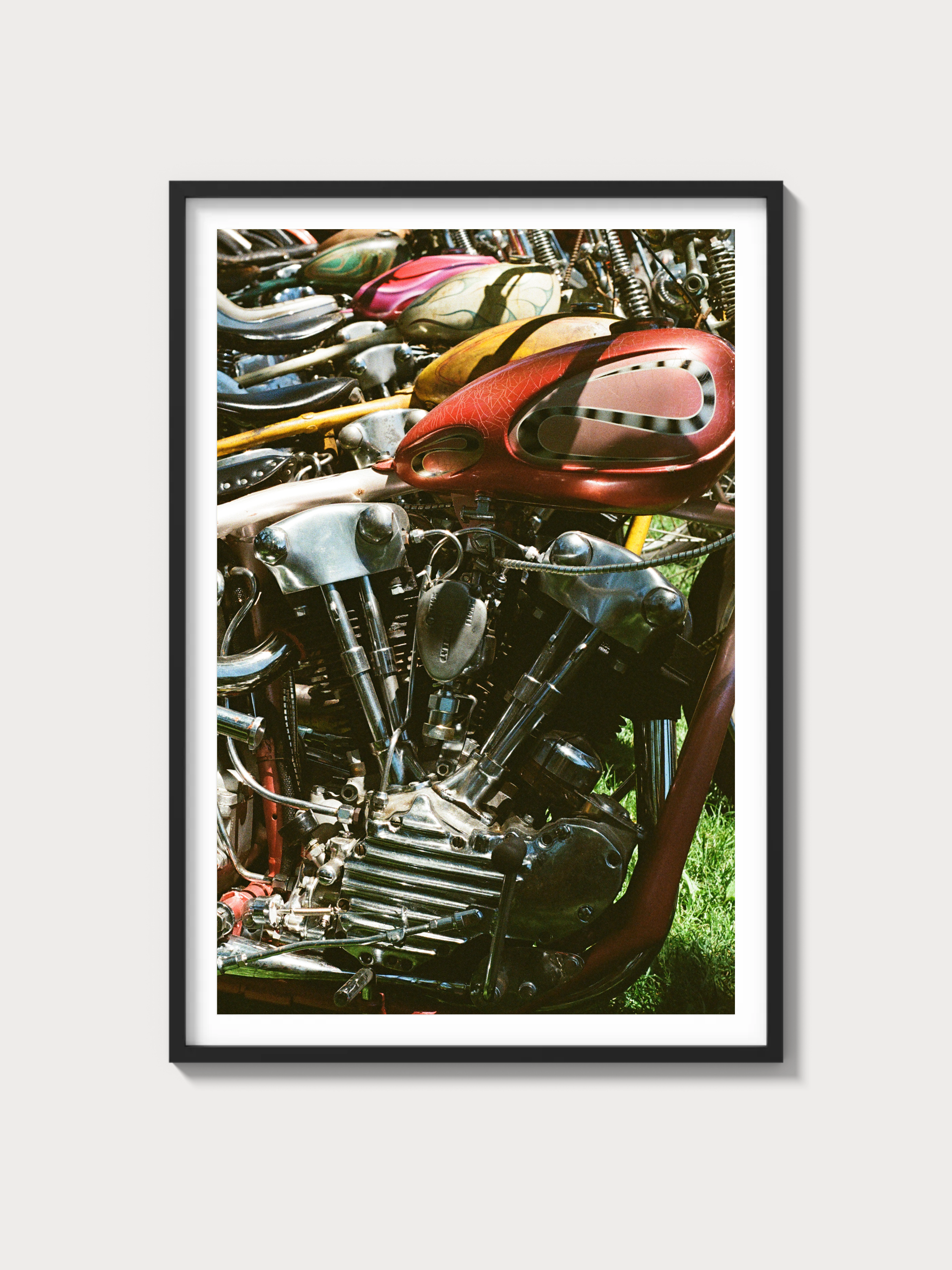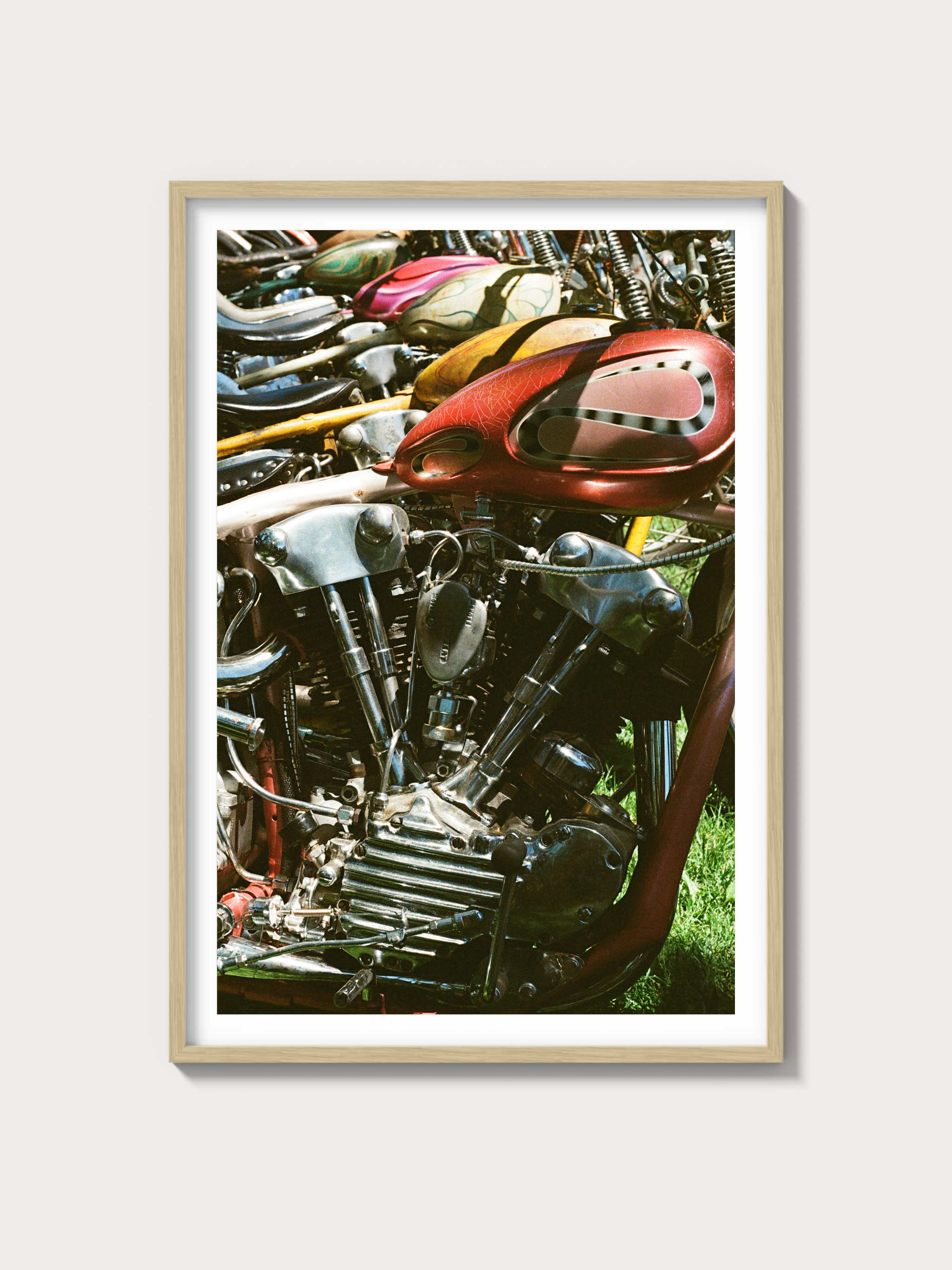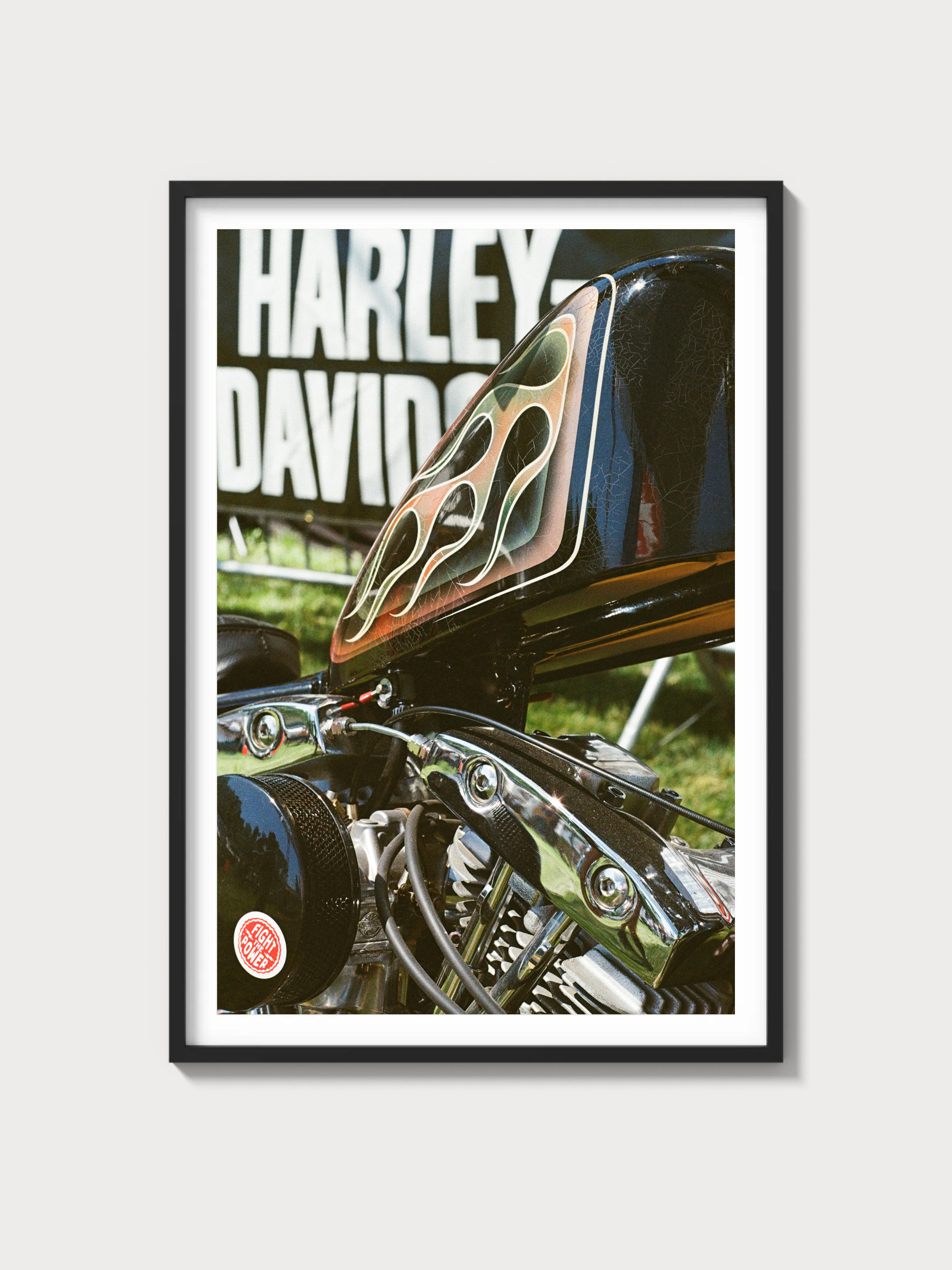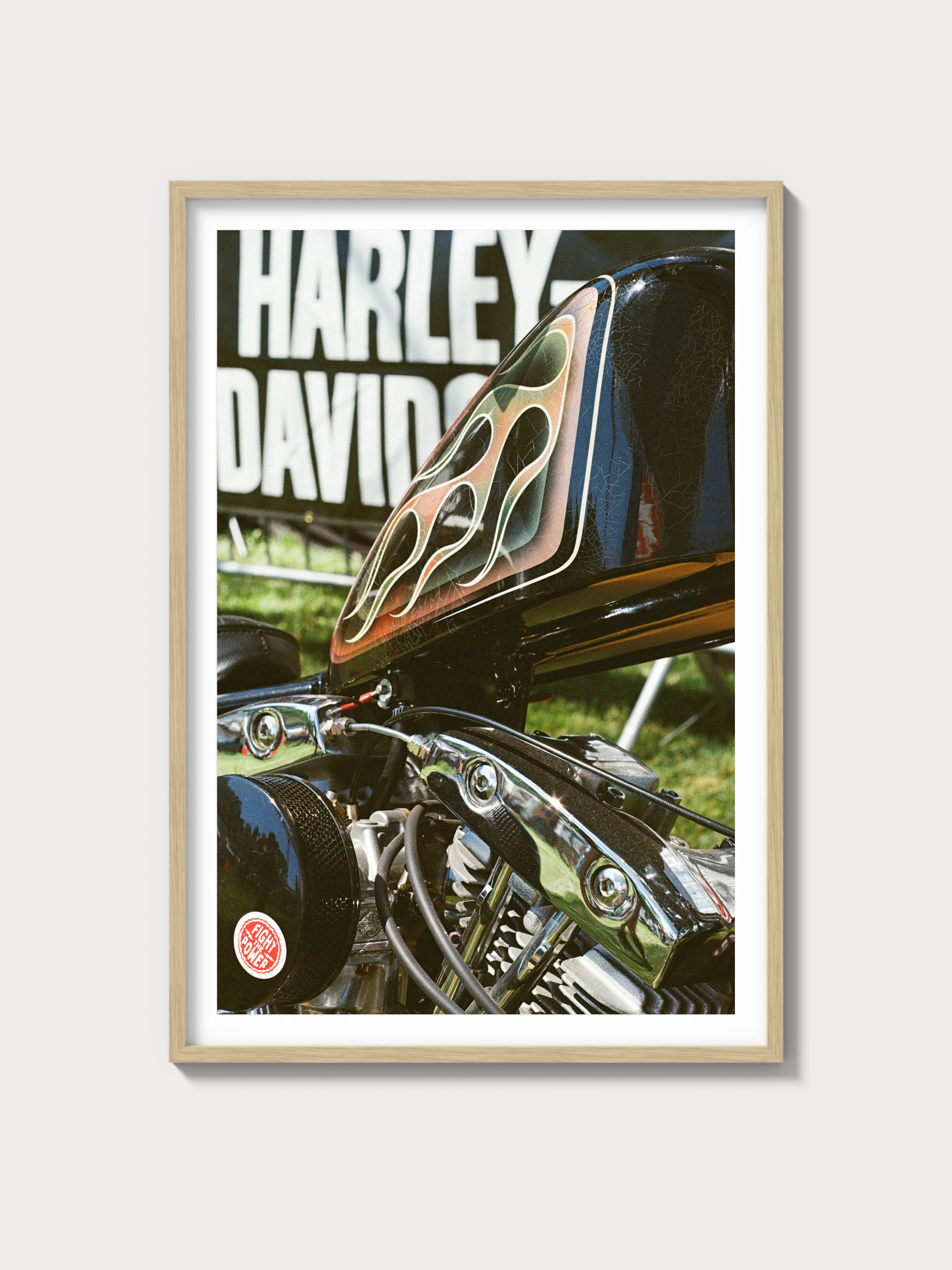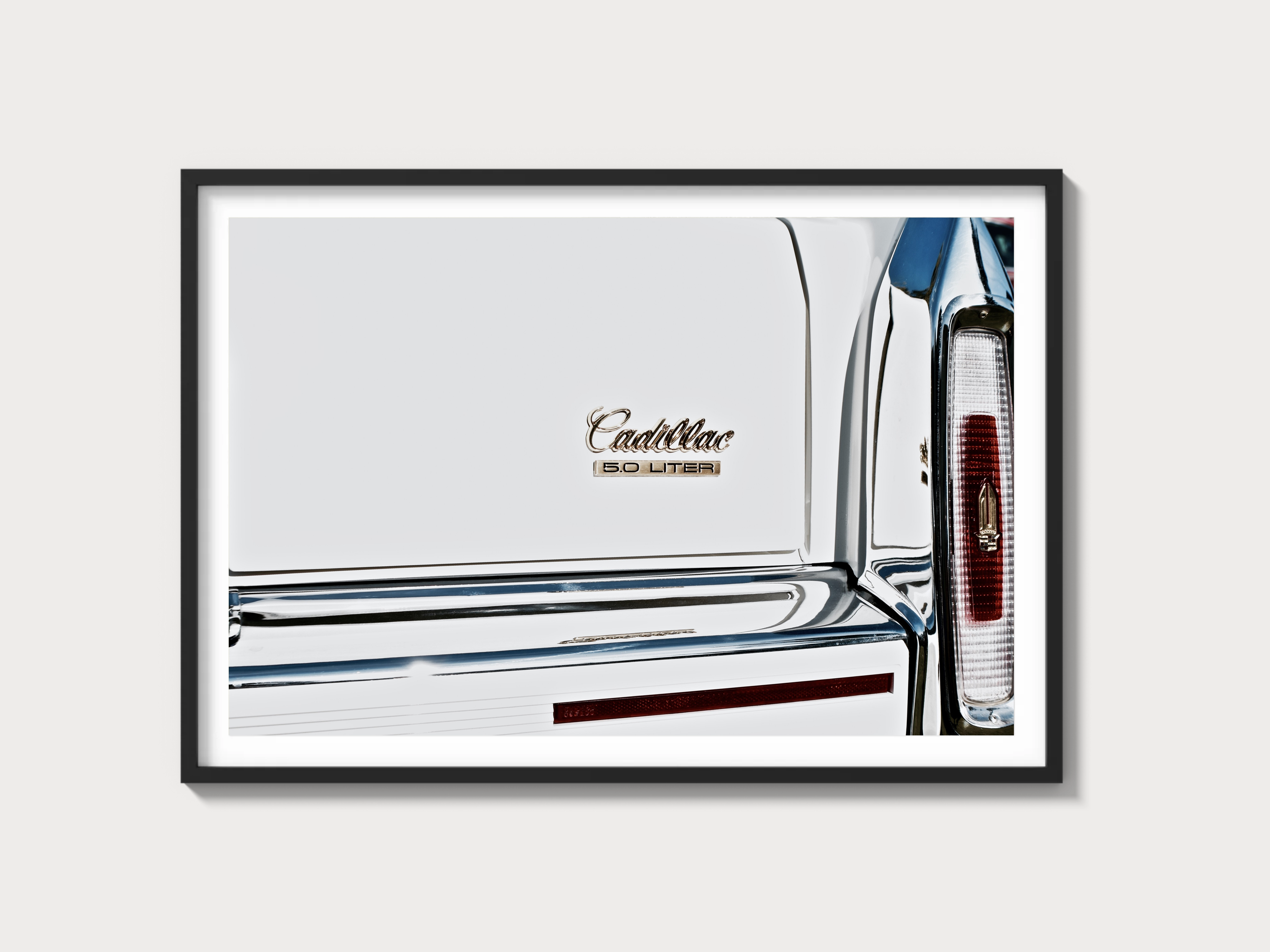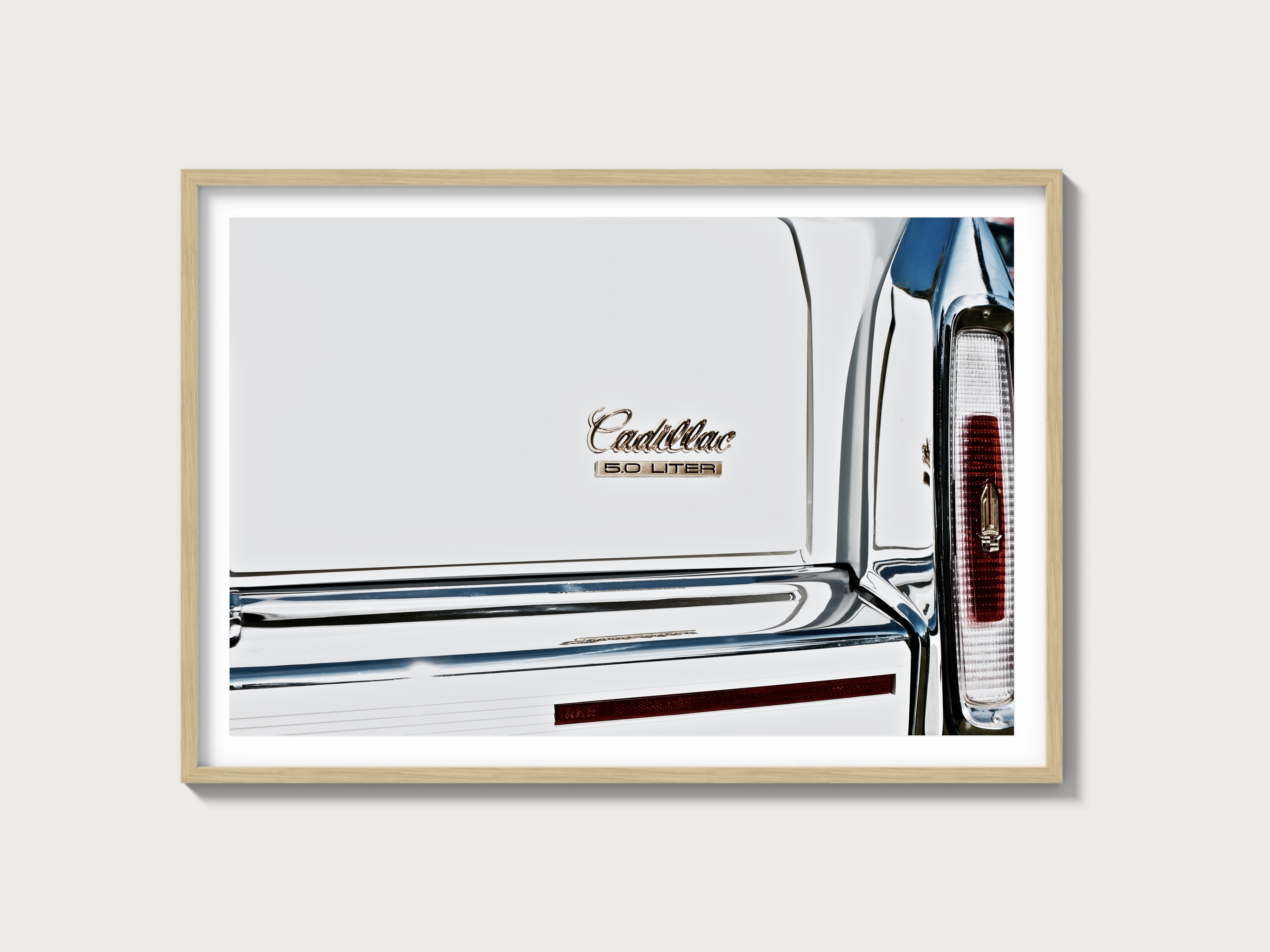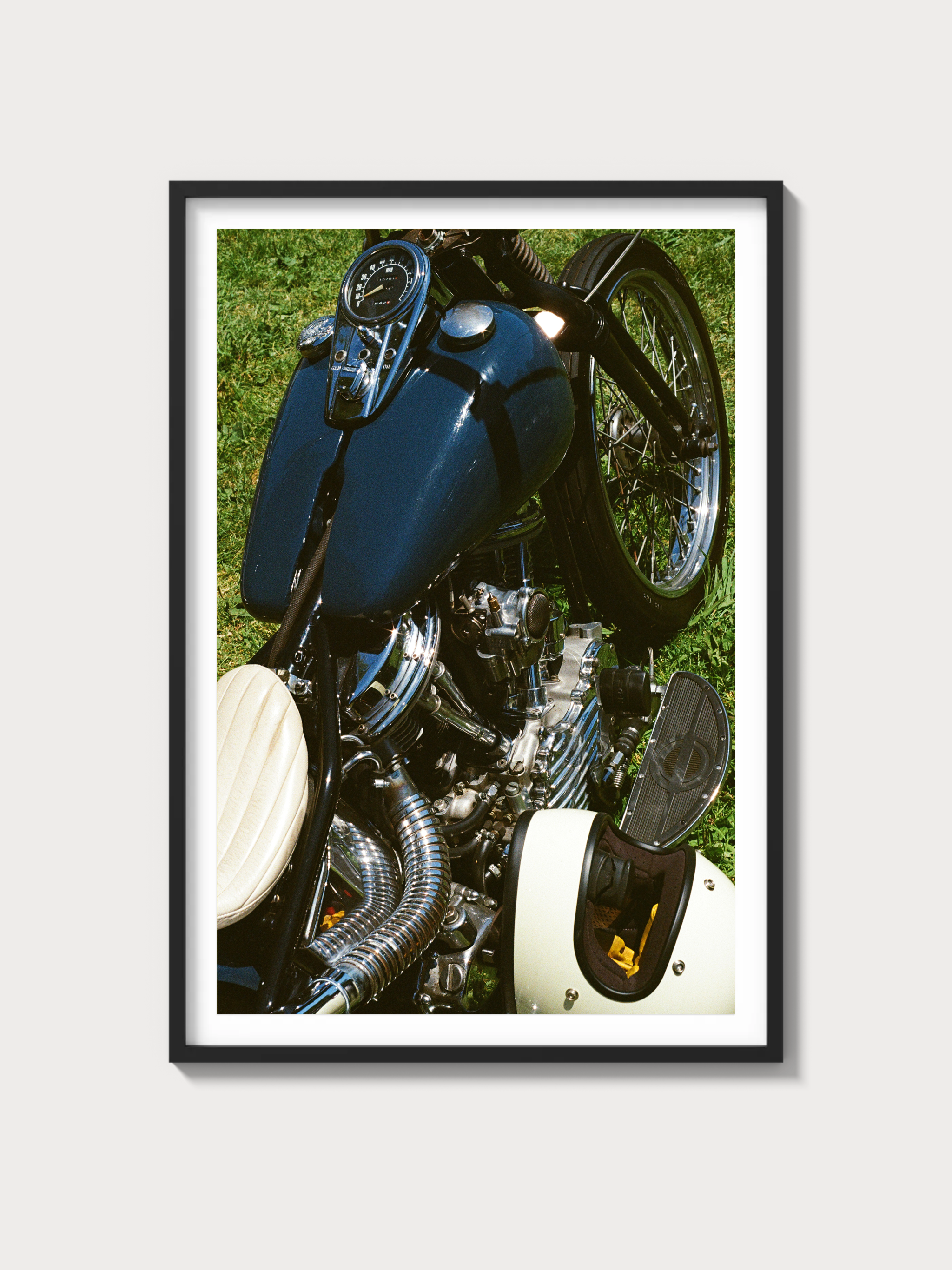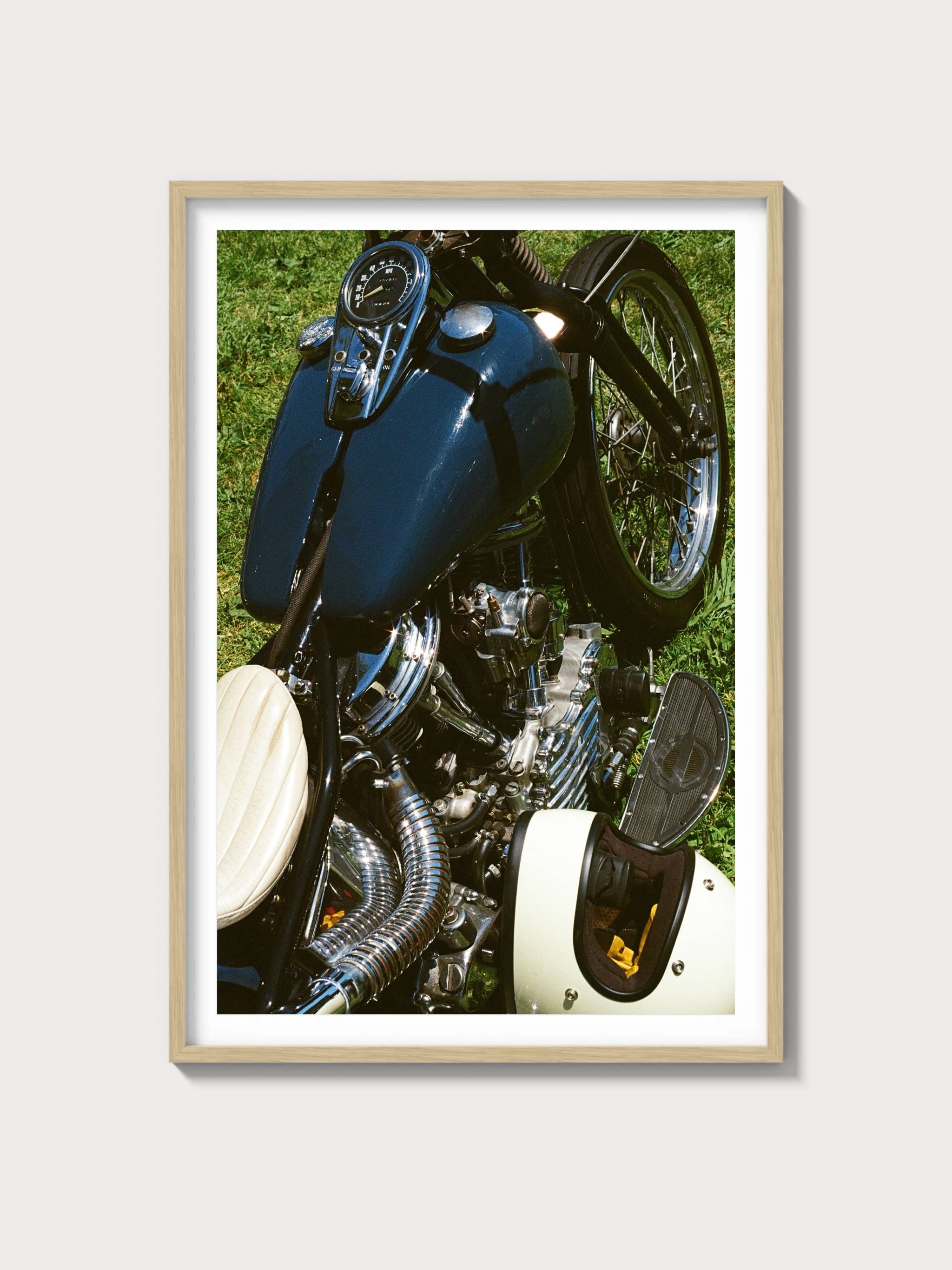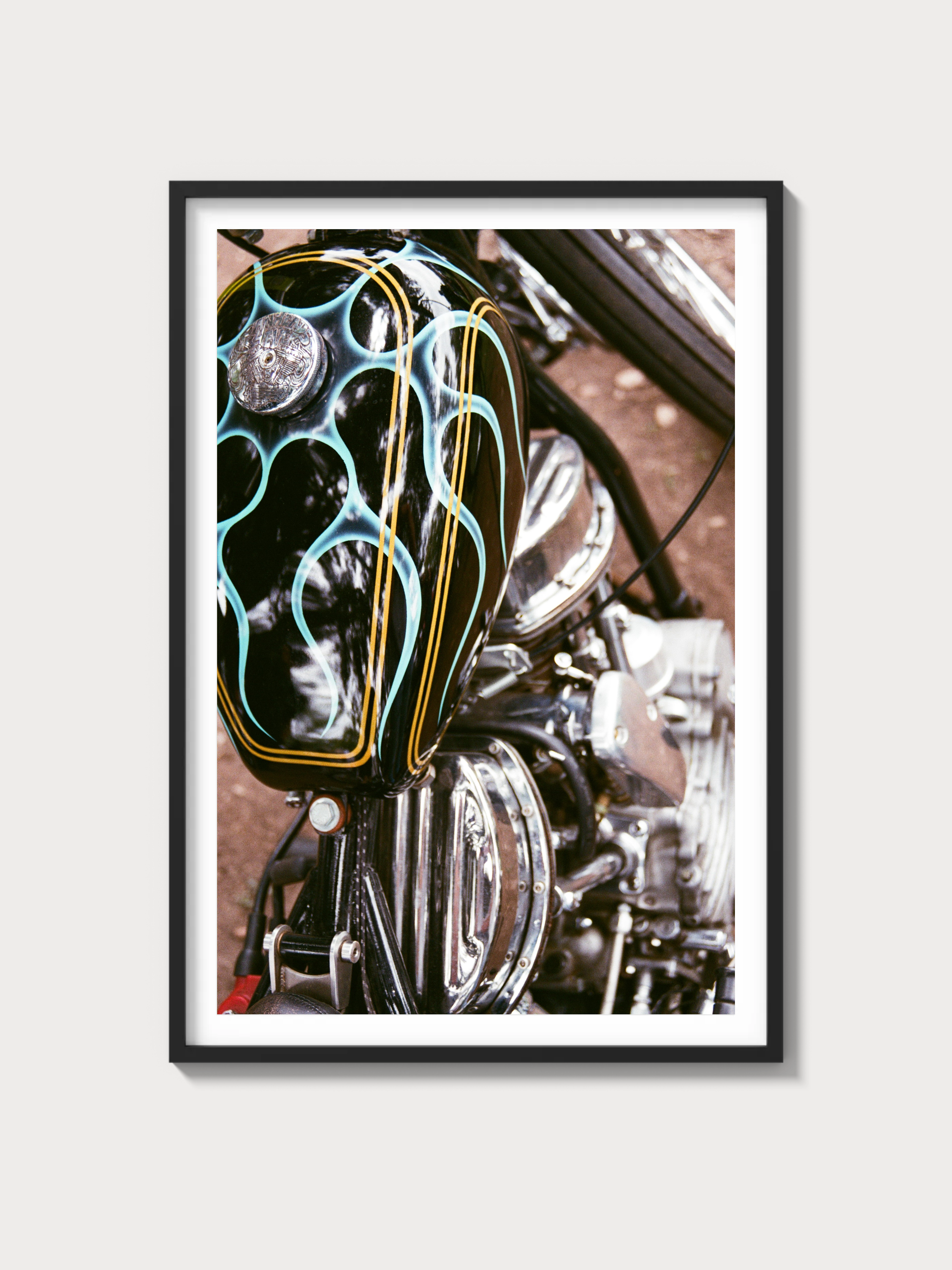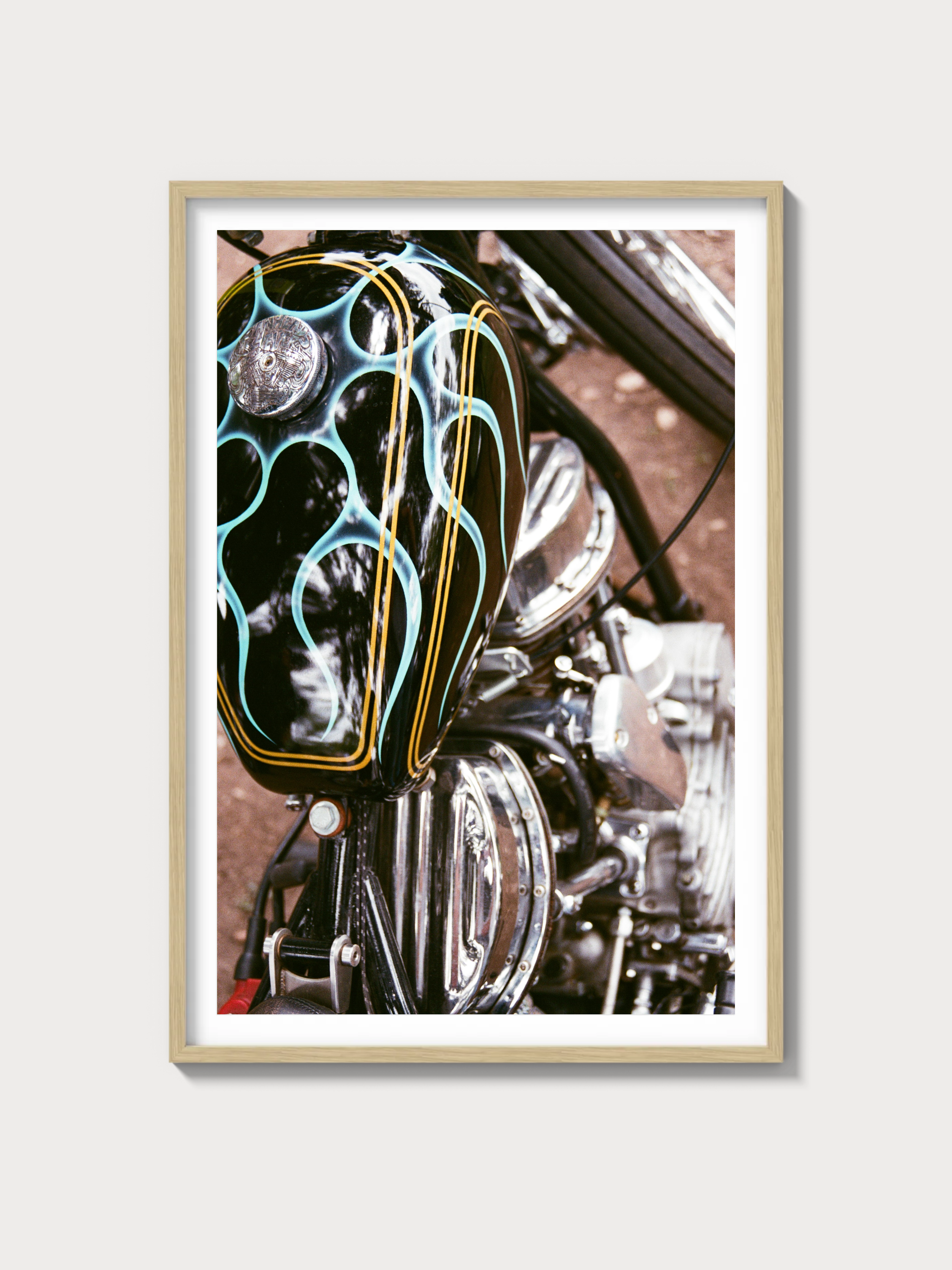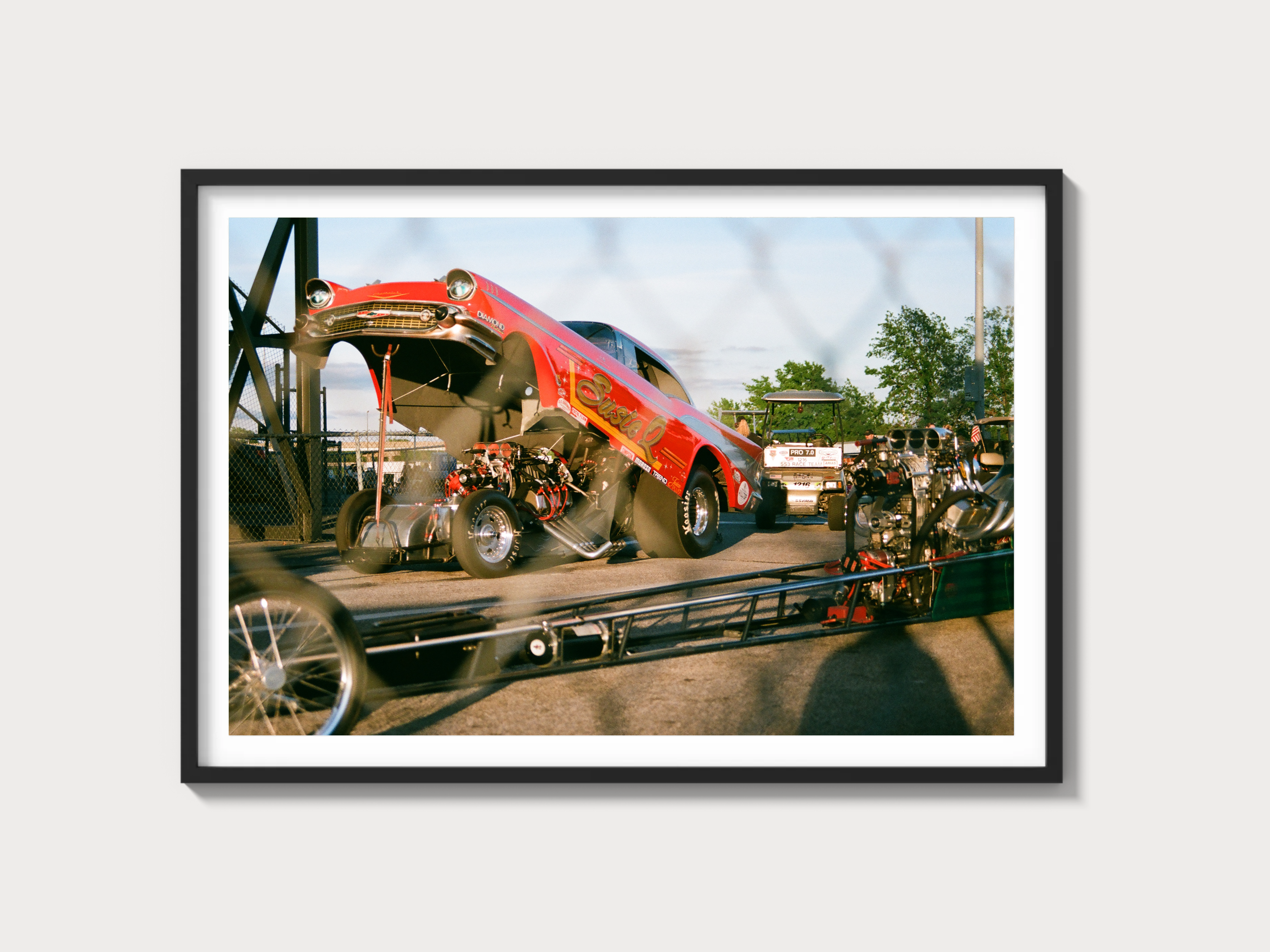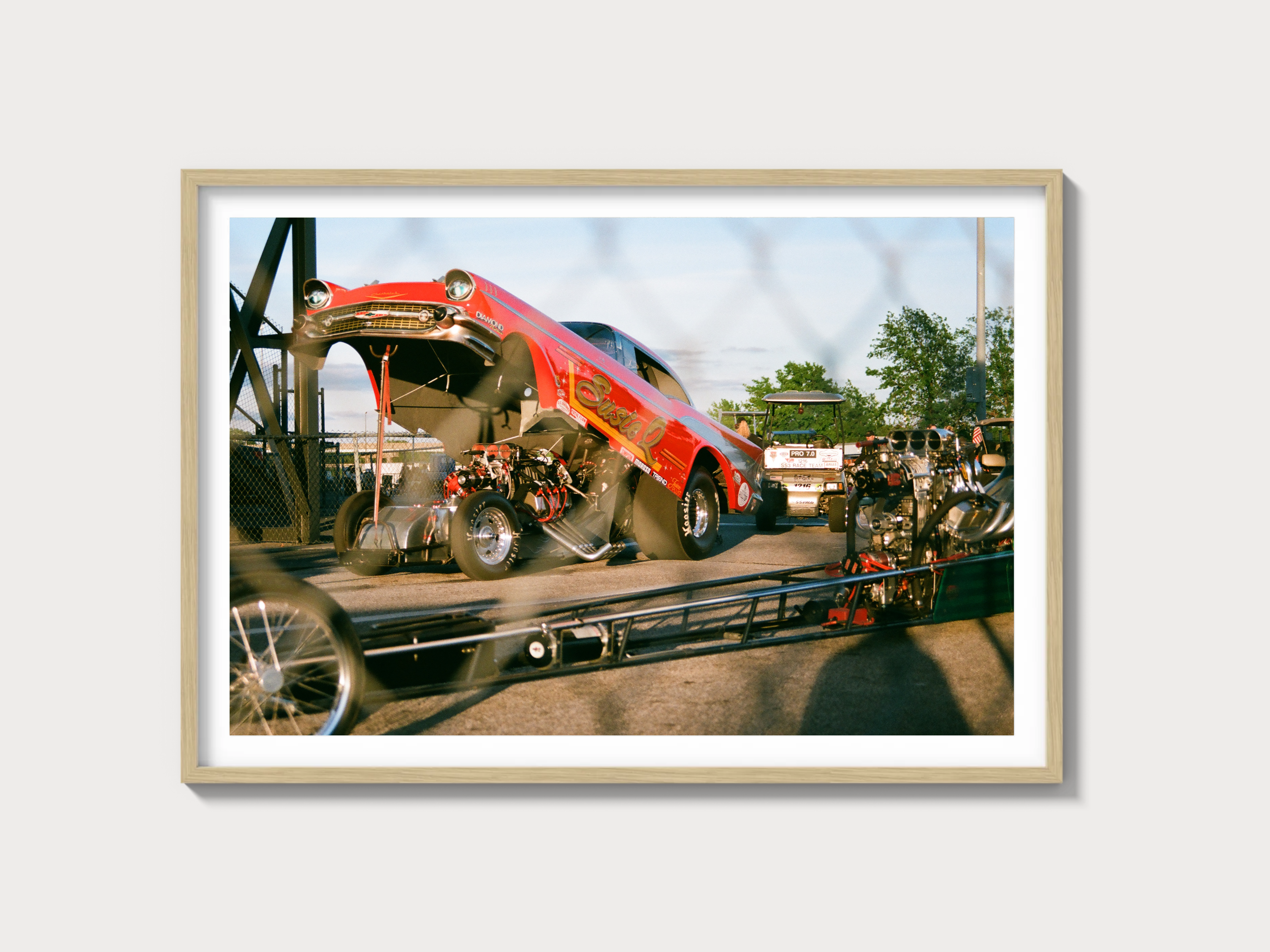Ferrari 812 Superfast: The Definitive History, Specs, and Legacy
Introduction: Ferrari’s Most Powerful Naturally Aspirated GT
In the illustrious lineage of Ferrari’s road cars, the 812 Superfast, introduced in 2017, stands as a pinnacle of front-engine grand touring—a masterpiece with a 6.5-liter naturally aspirated V12 delivering 800 horsepower, the most powerful of its kind in Ferrari’s road car history. Crafted by Ferrari’s Centro Stile, this model saw approximately 5,000 units produced, succeeding the F12 Berlinetta. Named “Superfast” to evoke its blistering performance, it blended supercar dynamics, luxurious refinement, and timeless design, reinforcing Ferrari’s GT supremacy.
The year 2017 was a vibrant period for Ferrari, its racing triumphs—488 GTB, GTC4Lusso—complementing road car innovation under Sergio Marchionne’s leadership. Unveiled at the 2017 Geneva Motor Show, the 812 Superfast captivated with its aggressive styling and monstrous V12. This exhaustive history, penned with a Ferrari historian’s precision, explores its technical brilliance, its iconic aesthetics, its subtle racing ties, and its enduring legacy.
Historical Context: Ferrari’s V12 GT Apex
The Ferrari 812 Superfast emerged during a golden era for Maranello. By 2017, Ferrari’s racing pedigree—LaFerrari’s hybrid supremacy, 488 GTB’s turbocharged success—had solidified its stature, yet the company sought to elevate its front-engine GT lineage beyond the F12 Berlinetta’s ~4,500-unit run (2012-2017). The F12 had pushed V12 performance to new heights, but Ferrari aimed for an even more potent, naturally aspirated successor. The 812 Superfast, with its enlarged 6.5L V12, rear-wheel steering, and advanced aerodynamics, answered, targeting enthusiasts and luxury buyers while rivaling the Lamborghini Aventador S and Aston Martin DB11 AMR.
A total of ~5,000 units were built (2017-2022)—all coupes, including variants like the 812 GTS (2019)—reflecting strong demand. Chassis 256789, the prototype, debuted at Geneva in March 2017, its sleek form signaling a new V12 era. This was a car for a discerning elite—European performance purists, American GT collectors—its production balancing power with Ferrari’s prestige amid the late-2010s supercar surge.
The broader context of 2017 shaped its purpose. The GT market thrived—Porsche 911 Turbo S, Bentley Continental GT—while buyers sought raw power with refinement. The 812 Superfast bridged Ferrari’s racing heritage, rooted in the 599 GTB Fiorano, with a modern V12 grand tourer.
Technical Specifications: The V12’s Unmatched Power
The Ferrari 812 Superfast’s heart was its 6.5-liter naturally aspirated V12—a masterpiece of engineering designed for unrivaled performance. Below, we dissect its technical brilliance with historian’s detail.
Engine: The 6.5-Liter F140 V12
Displacing 6,496 cc (bore 94 mm, stroke 78 mm), the 812’s V12 was a front-mounted, all-aluminum unit with a 65-degree V-angle, featuring four valves per cylinder (double overhead camshafts per bank), a 13.6:1 compression ratio, and direct fuel injection. It produced 800 horsepower at 8,500 rpm—a 180 hp gain over the F12 Berlinetta’s 620 hp. Weighing 350 lbs, it delivered 529 lb-ft of torque at 7,000 rpm, surpassing the F12’s 448 lb-ft.
This engine was a GT titan. Chassis 259876, a 2018 model, showcased its thunderous, high-revving power, blending raw intensity with touring refinement.
Performance: V12 Supercar Speed
The 812 Superfast reached 211 mph (340 km/h)—verified by Autocar’s 2018 test—outpacing the F12 Berlinetta’s 205 mph, with a 0-60 mph time of ~2.9 seconds, a 0.6-second improvement. Its power-to-weight ratio (491 hp/ton) far exceeded the F12 (367 hp/ton), offering a visceral yet luxurious GT experience.
Chassis and Suspension: Front-Engine Precision
The chassis was an aluminum spaceframe, weighing 1,630 kg (3,594 lbs)—60 kg lighter than the F12 Berlinetta due to optimized design. Its 2,720 mm wheelbase (30 mm shorter than the GTC4Lusso) enhanced agility, with fully independent suspension—double wishbones front, multilink rear, with coil springs and magnetorheological dampers—delivering sharp handling and a refined ride, aided by rear-wheel steering (Virtual Short Wheelbase).
Transmission and Brakes: Dynamic Mastery
A 7-speed dual-clutch transmission—rear-mounted, transaxle design—drove the rear wheels, its ratios (1st: 2.93, 7th: 0.76) favoring acceleration, with paddle-shift operation (50-ms shifts). Braking relied on 15-inch carbon-ceramic disc brakes with ABS, delivering 1.2g deceleration—exceptional for its class.
| Specification | Details |
|---|---|
| Engine | 6.5L V12, 800 hp @ 8,500 rpm |
| Displacement | 6,496 cc (94 mm x 78 mm) |
| Top Speed | ~211 mph (340 km/h) |
| 0-60 mph | ~2.9 seconds |
| Weight | 1,630 kg (3,594 lbs) |
| Transmission | 7-speed dual-clutch, rear-wheel drive |
| Suspension (Front) | Double wishbone, coil springs, magnetorheological dampers |
| Suspension (Rear) | Multilink, coil springs, magnetorheological dampers, VSW |
| Brakes | Carbon-ceramic discs, 15-inch, ABS |
Design and Styling: Ferrari’s Aggressive GT Elegance
The Ferrari 812 Superfast’s aesthetic was a Ferrari Centro Stile triumph, blending aggression with GT sophistication.
Exterior: Sculpted GT Form
Ferrari’s Centro Stile built all ~5,000 units—chassis 256789 featured a long hood, sharp nose, and active aero flaps, finished in Rosso Scuderia. Its 2,720 mm wheelbase and aluminum body offered a sculpted, aerodynamic profile, with sleek lines and vents enhancing its supercar-GT allure.
Interior: Luxurious GT Cockpit
The cabin was a refined retreat: leather bucket seats (black or tan), a digital dash with steering-mounted controls, and Veglia gauges—tachometer (10,000 rpm redline), speedometer, oil pressure. Chassis 259876’s interior, with upgrades over the F12 Berlinetta, balanced sportiness with luxury, contrasting the 488 GTB’s raw focus.
Production and Variants: A V12 GT Legacy
The Ferrari 812 Superfast’s ~5,000-unit run (2017-2022) included the standard coupe and 812 GTS convertible (2019), with specials like the 812 Competizione (2021). Chassis 256789 launched the series, while 270543 closed it, transitioning to the 12Cilindri. Its focus remained road excellence—no racing versions emerged.
Performance and Racing Legacy: A Road-Born Titan
The Ferrari 812 Superfast racing history was minimal, its road-going ethos paramount. Chassis 258543, tuned to 820 hp, ran private track events, but no official races ensued. Its true domain was the open road—Autostrada, Pacific Coast—where its 211 mph top speed and V12 roar reigned supreme.
Ownership and Market Value: A V12 Classic
The Ferrari 812 Superfast value reflects its iconic status. Early owners included European GT purists and U.S. collectors. Today, prices range $350,000-$450,000—chassis 256789 sold for $400,000 at RM Sotheby’s 2023. Restoration costs—V12 rebuilds at $150,000—highlight its enduring appeal.
Cultural Impact: Ferrari’s V12 GT Zenith
The 812 Superfast marked the zenith of Ferrari’s naturally aspirated V12 GTs, its power and design influencing the 12Cilindri. In 2010s lore, it’s the car of raw V12 performance and timeless elegance, a cornerstone of Ferrari’s grand touring legacy.
Comparisons: Ferrari 812 Superfast vs Rivals
The Ferrari 812 Superfast vs Lamborghini Aventador S pits 800 hp V12 against 740 hp V12—Ferrari led in refinement, Lamborghini in drama. The Aston Martin DB11 AMR (630 hp) trailed in power but matched in style.
| Model | Engine | Power | Weight | Top Speed |
|---|---|---|---|---|
| Ferrari 812 Superfast | 6.5L V12 | 800 hp | 1,630 kg | ~211 mph |
| Lamborghini Aventador S | 6.5L V12 | 740 hp | 1,575 kg | ~217 mph |
| Aston Martin DB11 AMR | 5.2L V12 Turbo | 630 hp | 1,760 kg | ~208 mph |
Frequently Asked Questions
What was the Ferrari 812 Superfast?
A 2017 6.5L V12 front-engine grand tourer.
How many were made?
~5,000 units.
What engine powered it?
6,496 cc V12, 800 hp.
Did it race?
Rarely—built for road use.
What’s its value?
$350,000-$450,000.

